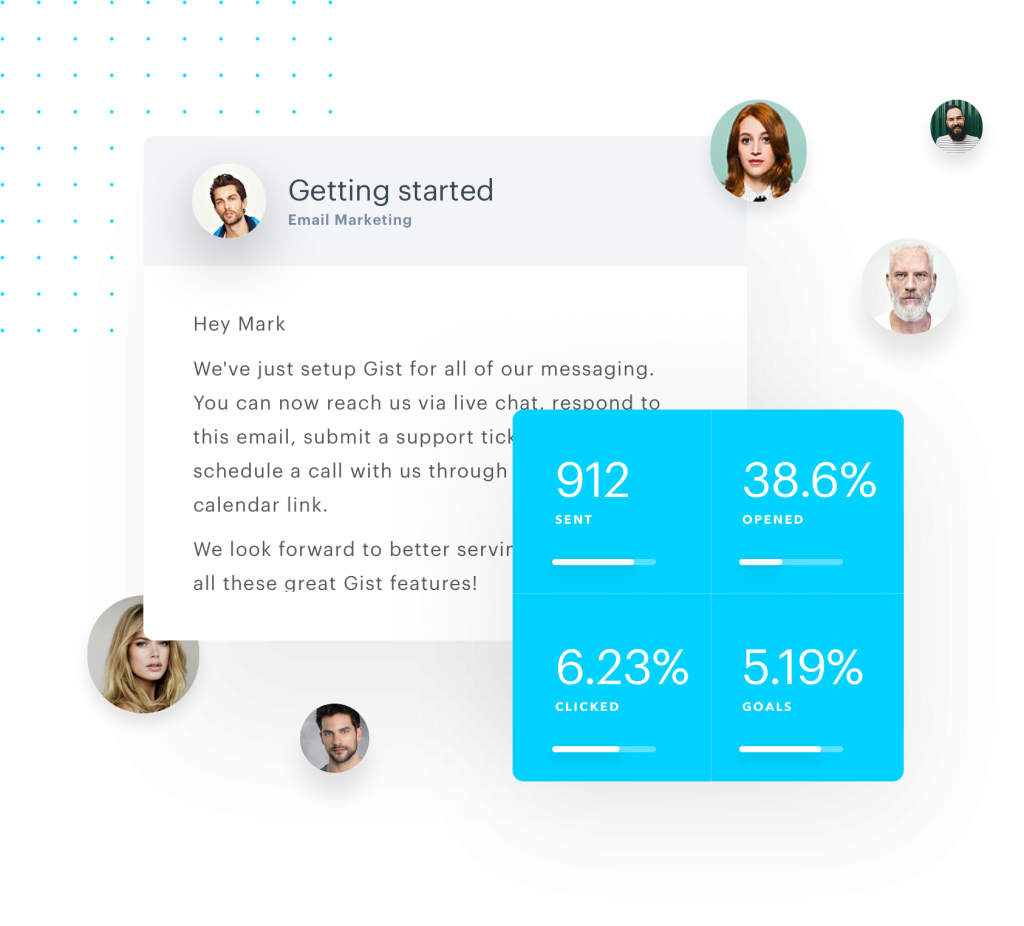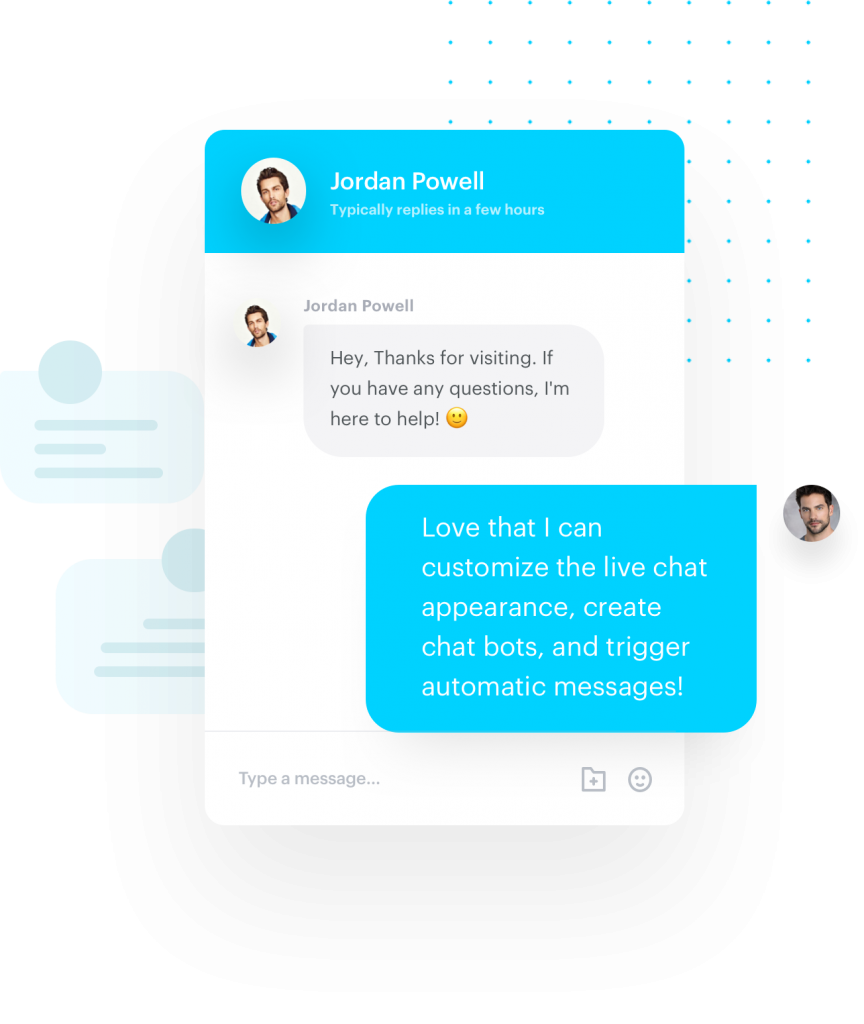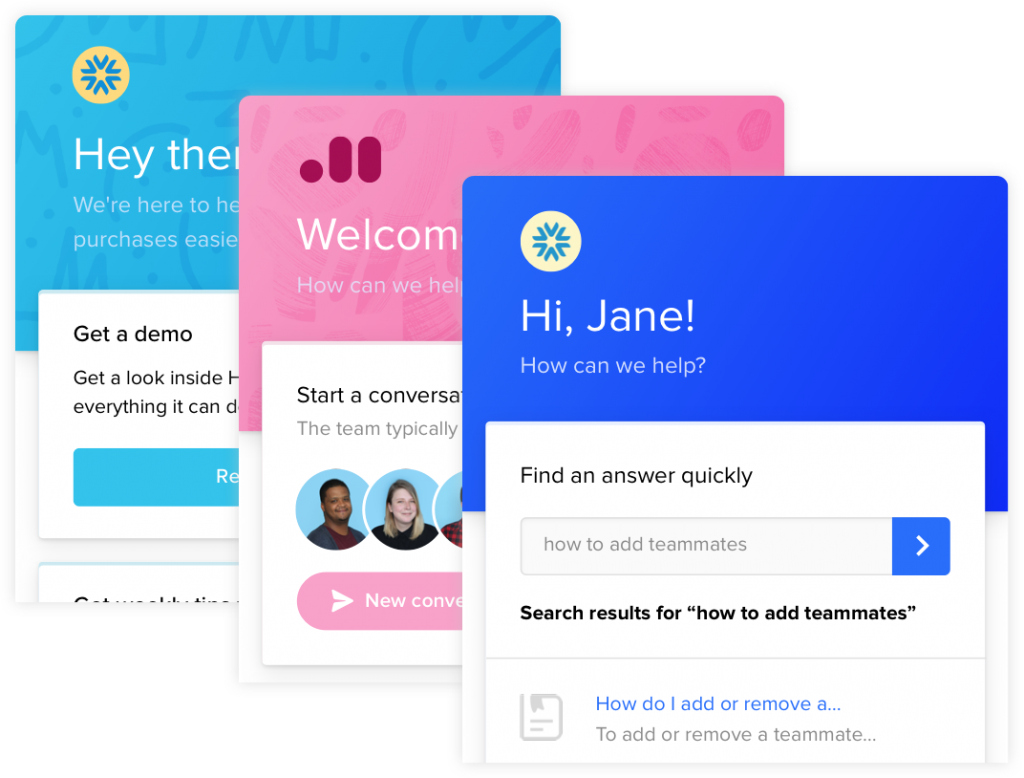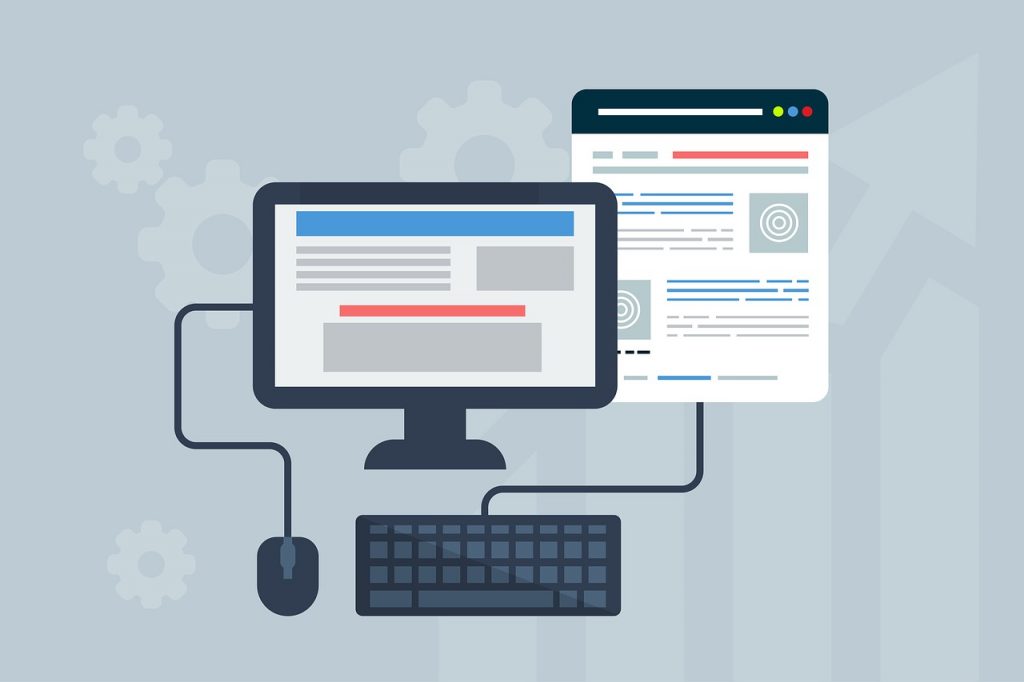
5 Reasons You Should Own A 3D Printer At Home
Developments in 3D printing technology are ever-changing and the possibilities of what a 3D Printer can do are endless. When you’re on the fence about buying a 3D printer, you could be wondering whether you should make the investment now or wait.
You don’t have to wonder any longer, with 3D printers being more cost-effective than ever and easy to use, you too can reap the benefits of having 3D capabilities right in your own home! Still not convinced it’s the right move for you? Here are 5 reasons why you should own a 3D printer.
1. You Will Save Money
When you have a 3D printer at the ready you can easily print items that you would otherwise have to buy. Do you need a new case for your mobile phone? Print one. With your own printer, you can create and design items for your home that will be more personalized and to your taste than what the stores would have.
With the capability to print with many different materials and colors, you can be certain that your printed items will look great and hold up over time. They even have a glow-in-the-dark filament, so you don’t have to buy decorative stars for the ceiling or Halloween decorations because you could make your own.
Being able to print replacement parts for things you already own can extend their life. Creating 3D printed items on demand does not require any additional machinery after you have your own printer and software. Not only will you save on the cost of those items you are printing, but you also won’t have to pay for the gas or the mileage on your vehicle.
2. It Can Be Educational
“Learn something new every day” is a euphemism for a reason. Lifelong learning is key to a successful career and what better way to challenge yourself to learn new skills by buying a 3D printer? Using a 3D printer will quite literally add dimension to your life and can engage you in new skills that you will enjoy.
Printing can be a fun way to help your children learn as well. Hands-on learning is always appealing to children and 3D printing is a great way to make education fun and interesting. With loads of applications that are geared towards printing with children, once you own a printer you can promote the educational goals and values that are important to you.
Even if your children aren’t interested in the actual 3D printing process, though it’s a safe bet they will be, you can still use the printer to create models, puzzles and learning manipulatives that can help your child with their homework.
Allowing your child the chance to design their own item to be printed will enhance their creativity and problem solving while they are being innovative. As long as all safety precautions are followed and your child understands that printers can be heated at high temperatures, there is no reason you can’t enjoy the educational benefits of printing at home with your kids.
3. 3D Printing Is Fun

Whether you’re a complete beginner or an experienced pro you will quickly realize that 3D printing is fun. You create useable three-dimensional objects out of nothing but a printer and filament. While doctors are printing usable organs and the technology advances the practical uses are impossible to fully comprehend.
But you can’t downplay the fun that will come from just printing whatever you want to print. If you’re feeling like printing figurines to display is what gets you excited about printing that’s great. 3D printing doesn’t have to be all about what is useful and unique, if you would like it to that’s wonderful but as long as you’re enjoying your printer that is what matters.
As your confidence grows with your ability to print what you want you could find camaraderie with others who enjoy 3D printing at home. Buying yourself a 3D printer will put you in charge of what’s printed beginning to end letting you enjoy your time designing and creating whatever you think it the most enjoyable.
4. It Can Be A Good Business
While maybe this isn’t the right option for everything, If you discover you really enjoy printing in 3D, you can turn your hobby into a business. In the same way, your printer can save you money, it could also provide a small income fulfilling other people’s needs.
Once you are proficient at printing things you could accept orders for those objects and sell them. There are websites where people place orders for things to be 3D printed and you can log in an accept the job. This could be an easy supplemental income for you if you are interested in it becoming one.
While personal 3D printers can range in cost and quality if you are hoping to make money selling the items you are printing it is best to invest in a higher-caliber printer that is capable of printing more consistently. Some low-cost printers are great for home use but can have some problems printing the same way every time which could affect the resale value of the item.
5. You Can Express Yourself
Have you ever bought something and liked it but wished maybe it was a little bit different? 3D printing gives you the chance and technology to make those changes and create something that is specifically the way you want it.
If you have an idea for an invention that you would like to patent, it could take years to convince a manufacturer to build you a prototype but you could print your very own model for a fraction of the price and time, getting your ideas into the world faster and easier.
When you own your own printer you are limited by anyone but yourself, so if you dream up the perfect mask, you can print it. Your self-expression is only limited by what you can design–so it’s limitless. There’s no reason to wait for something you want to be created by someone else when you can do it yourself.
Conclusion

While 3D printing has its own learning curve there is no better way to get ahead than by having your own printer at home to practice and reap the benefits from. Why would you spend money to buy 3D printed things from others when you could create the same thing and inspire your children at the same time?































